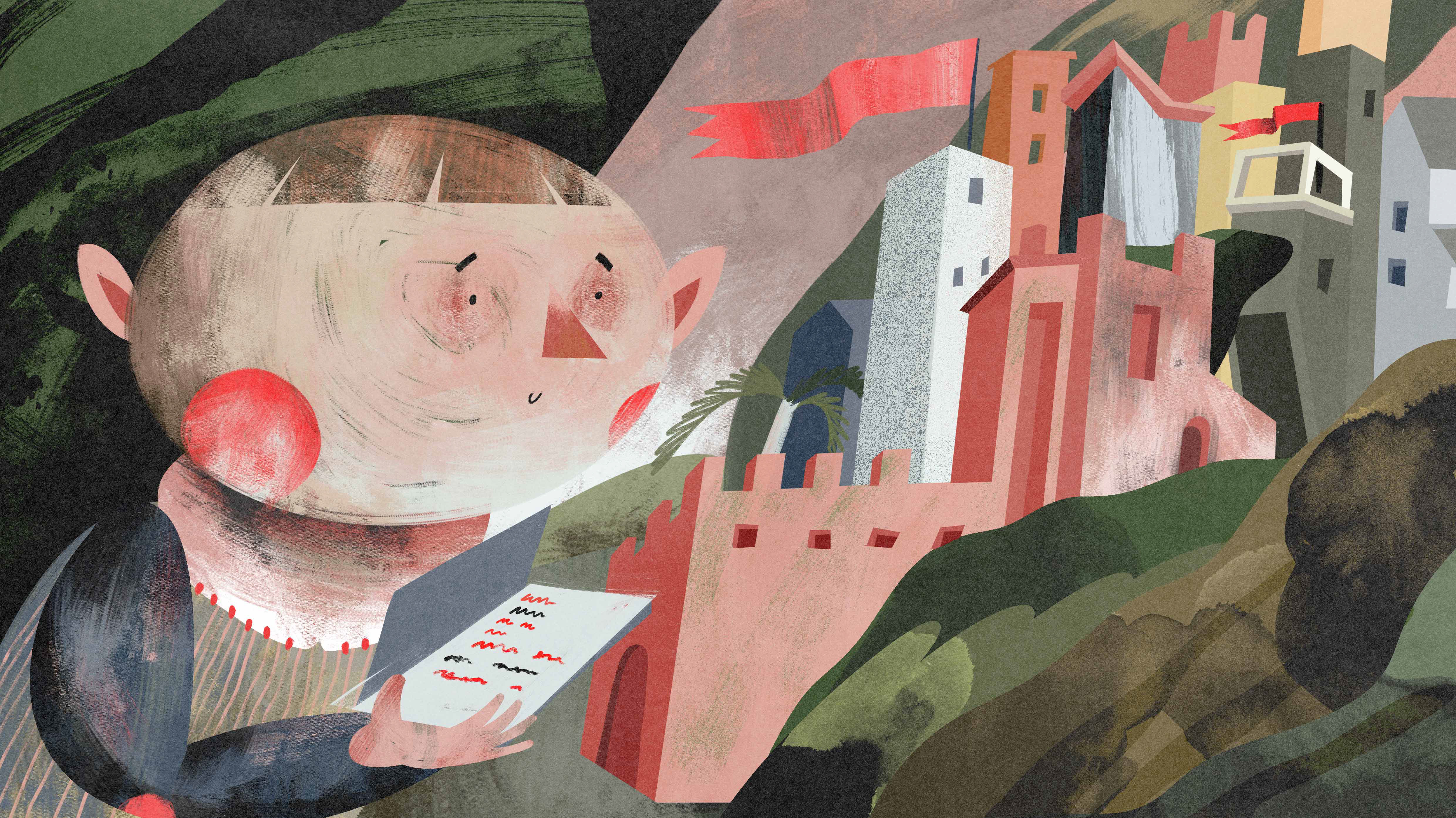Good day, Ladies and Gentlemen!
Thank you for choosing our tour agency!
Today we will take an unforgettable trip to the European Organization for Nuclear Research and visit one of the detectors of the Large Hadron Collider (abbreviated into LHC)
Today we will take an unforgettable trip to the European Organization for Nuclear Research and visit one of the detectors of the Large Hadron Collider (abbreviated into LHC)
It is called “Large" because of its size; "Hadron" — due to the fact that it accelerates hadrons, heavy particles consisting of quarks; "Collider" — because the particle beams accelerate in opposite directions and collide at certain collision points.
The LHC was built at the European Organization for Nuclear Research (CERN), located near Geneva, on the border of Switzerland and France. It is the largest experimental facility in the world: the length of the main accelerator ring is 26,659 meters. It is so large that, being deep underground, it passes right under several French communes:
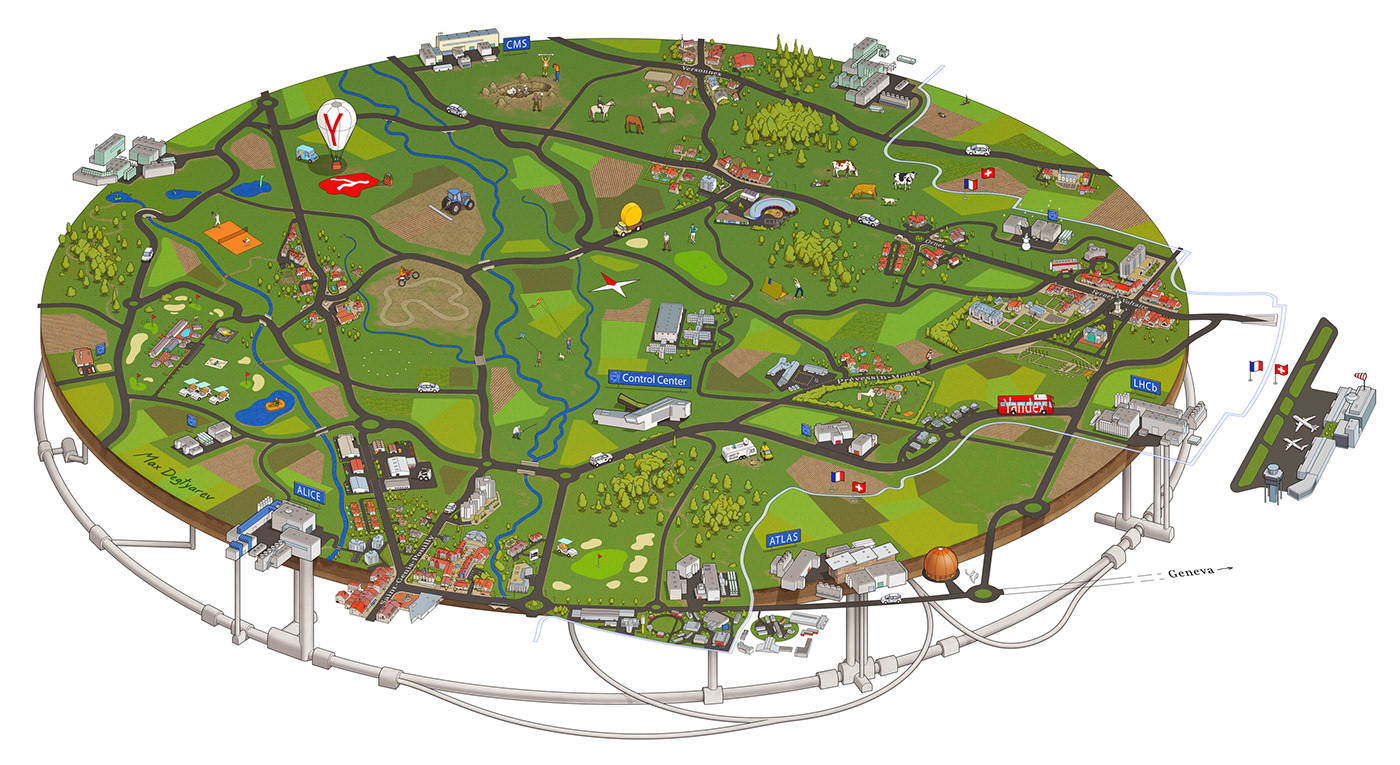
When accelerating and colliding protons along the ring, a lot of interesting and unexplored phenomena take place. But how can they possibly be spotted? To make this happen scientists and engineers built giant "cameras" — detectors of elementary particles. They can detect particles, measure their masses, impulses, energies and charges.
At the LHC there are 4 main detectors: ALICE, CMS, ATLAS, LHCb. The "cameras" themselves are located at the ring underground. They are maintained by ground-based structures, which look like this:
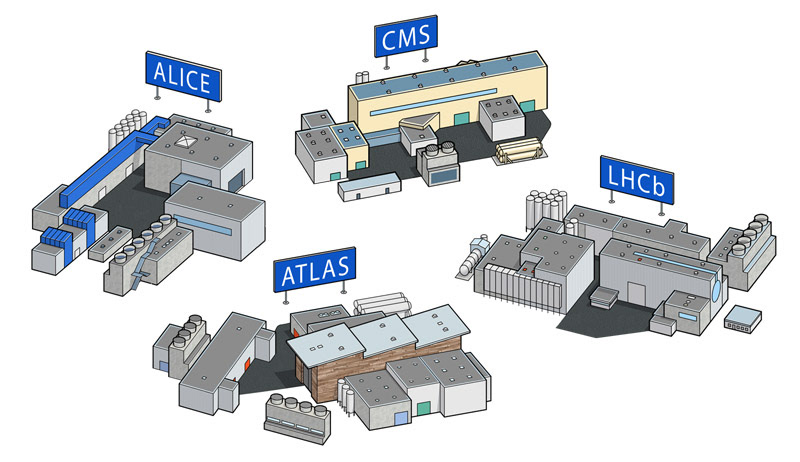
Today we are visiting the detector called LHCb. This is the smallest of the four main detectors at the collider. It's studying B-mesons, which are particles containing a b-quark (the so-called “beauty" quark). This is indicated by the letter "b" in the title, which is deciphered as "Large Hadron Collider beauty experiment".
Oh! We’ve just arrived:

The bus will be waiting for us at the special parking place:

And now we can take a walk to the information stand.
From there you can see the hangar with a shaft, through which the detector was taken down in parts. It was then assembled in an underground cavern:
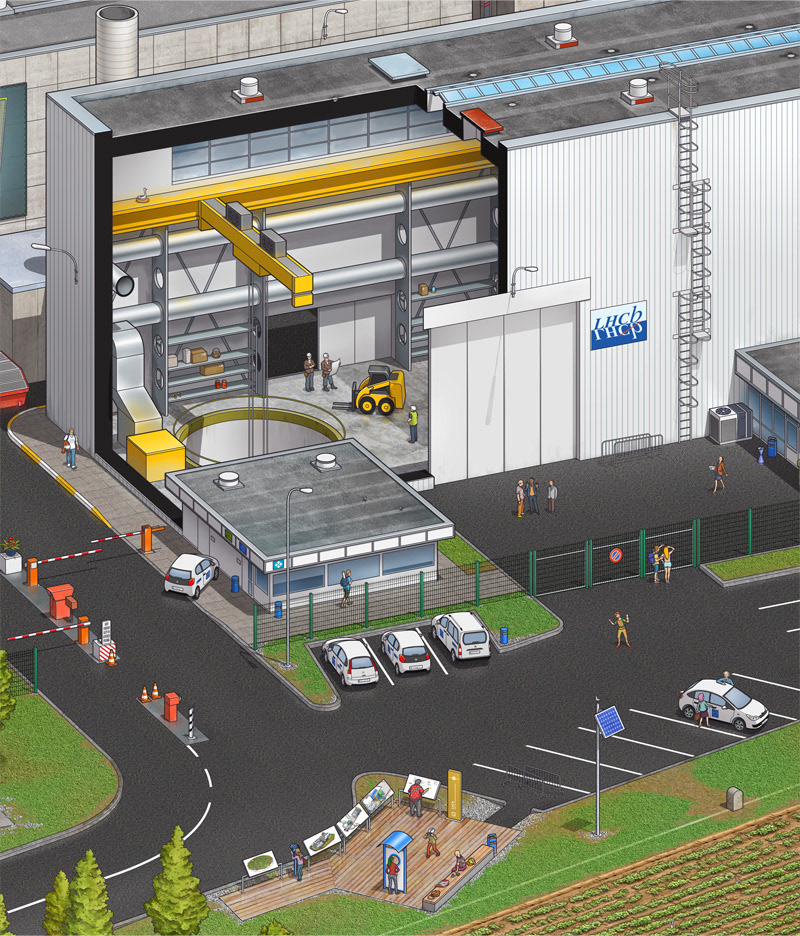
The interesting thing is that the border between France and Switzerland runs right near the road. It is marked by large stones:
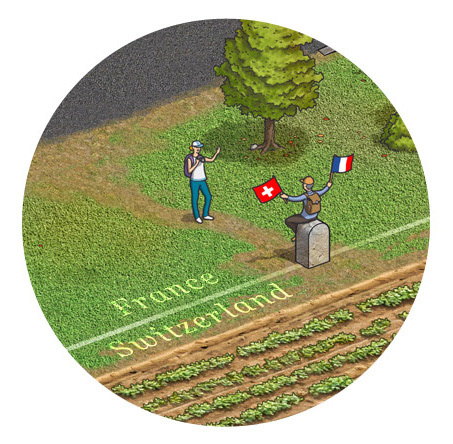
The experiment is conducted to study asymmetry of matter and antimatter in b-quark interactions. The experiment is monitored by scientists from 13 countries.
It seems that today is a special day. Everybody is celebrating a new discovery!
I wonder what it is!
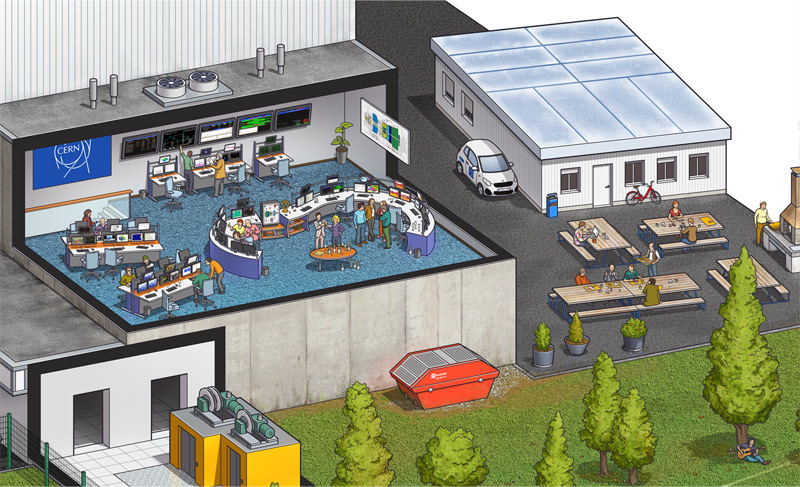
Our tour moves on. Let's go down on a special elevator to a depth of 100 meters.
Do not forget to wear a helmet!

Scientists move through the long tunnels by scooters and bicycles. Be careful:
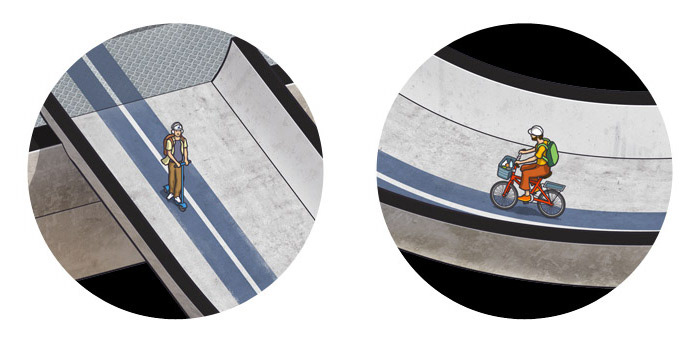
And here is the detector itself. Its length is 21 meters, and the mass is 5,600 tons. Unlike the largest ATLAS and CMS detectors, which surround the place of collision of protons on all sides, the LHCb detector looks like a cone, on the tip of which collisions of colliding beams occur.

The LHCb detector is multilayered, and the sequence of layers is generally standard. The individual components of the detector are optimised...
Wait a minute, do you hear that noise? What's happening?
Where does that light come from?
OH NO! EVERYBODY GET BACK!
RUN! TO THE EXIT!
RUN! TO THE EXIT!

CLOSE THE SHAFT!
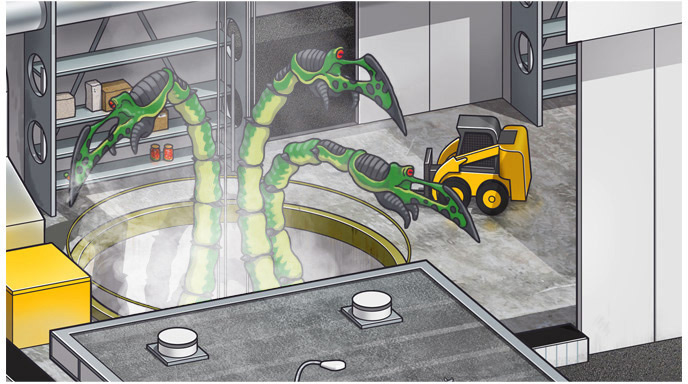
SOMEBODY, WARN THE CONTROL CENTER!
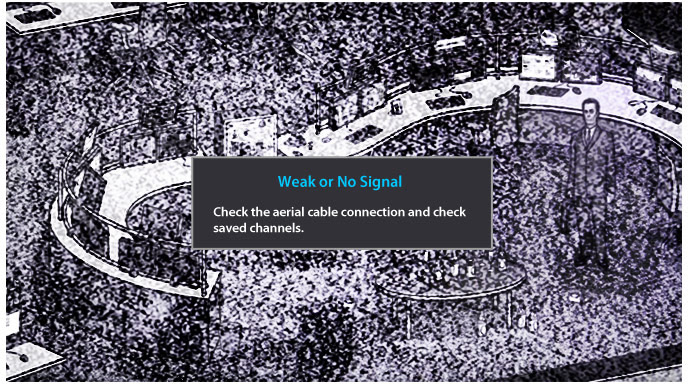
LADIES AND GENTLEMEN. FOR TECHNICAL REASONS OUR EXCURSION HAS TO BE INTERRUPTED.
THE BUS GOES TO THE AIRPORT IN URGENT ORDER.
EVERYTHING'S UNDER CONTROL. DO NOT WORRY.
WHEN DETECTING SUSPICIOUS OBJECTS OR SUBSTANCES, DO NOT COME INTO CONTACT AND IMMEDIATELY CALL THE CERN ADMINISTRATION.
THANK YOU FOR YOUR ATTENTION
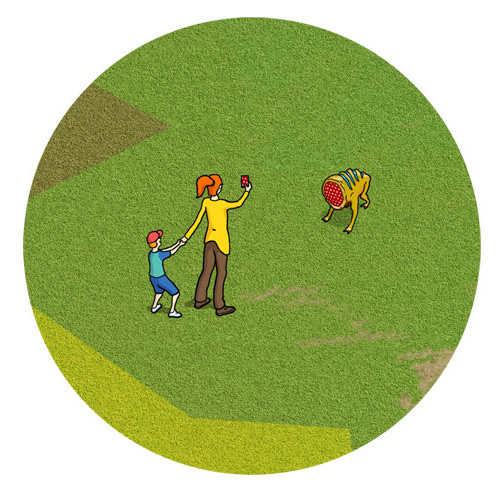
To be continued…
The main illustrations of the CERN map and the LHCb detector are made for the educational purposes for Yandex.
Any mention of objects of someone else's copyright is the author's interpretation of the plot of the illustration purely in the context of the personal portfolio of the illustrator Max Degtyarev.
Illustrator: Max Degtyarev
Special thanks to Andrey Ustyuzhanin, Fedor Ratnikov and Denis Derkach for advice and assistance in creating the illustration.
Producer of the project from Yandex: Elena Kirillova
Art director of the project from Yandex: Ivan Olenkevich

Thank you! If you like it then check my Instagram
for more stories and tiny details in my pictures:
https://www.instagram.com/maxdwork/
for more stories and tiny details in my pictures:
https://www.instagram.com/maxdwork/
